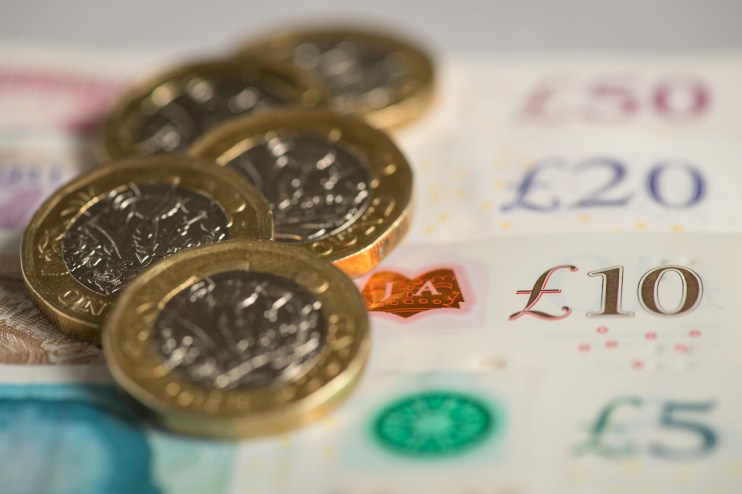Sterling could climb to $1.35 despite Bank of England interest rate cuts

Sterling could climb to around $1.35 next year if the UK economy outperforms the array of gloomy forecasts predicting sluggish growth in 2024.
Despite traders predicting that the Bank of England will start cutting interest rates in the first half of next year, sterling has remained relatively strong.
Lower rate expectations tend to hit currencies as it suggests investors will receive a lower rate of return on their investments, but this morning the pound climbed above $1.28 – its highest level since early August.
Analysts at Goldman Sachs maintain that the pound could rise as high as $1.35, arguing that the pound’s performance is more strongly correlated with “moderating rate volatility and buoyant equity prices”.
Kit Juckes, chief foreign exchange strategist at Societe Generale, the bank, told the Daily Telegraph the UK economy was facing an “enormous amount of negativity”, but that this also offered opportunities.
Forecasts for the UK next year have been more pessimistic than other European economies, Juckes suggested, leaving more room for outperformance.
“It’s very hard to make money being negative about the UK,” Juckes said. “It’s a permanently crowded trade so bad news is always priced in. And so the UK economy doesn’t need to perform very well for the pound to do well.”
A weaker dollar is also likely to provide support to the pound. As inflation has fallen faster than expected in the US, investors now expect the Fed to begin cutting interest rates in March.
Lower rate expectations have weighed on the dollar, pushing the dollar basket – which measures the greenback against a clutch of other currencies – to its lowest level in five months. Most analysts expect the dollar to continue to weaken going into next year.
Analysts at Nomura think a weakening dollar will help push the pound to $1.35 by the end of 2025. “We believe this softer dollar trend will become more apparent, and this will help raise the pound against the dollar,” they said.
However, not all analysts are as optimistic about sterling’s prospects in the new year. Analysts at Capital Economics think the pound will fall to $1.20 by the end of next year.
“Price pressure are fading even faster than we had thought likely, and the economy may already be in recession,” Jonas Goltermann, deputy chief markets economist at Capital Economics said.